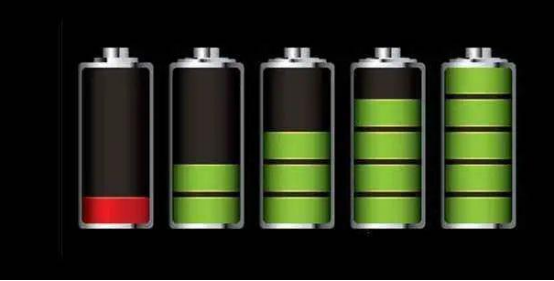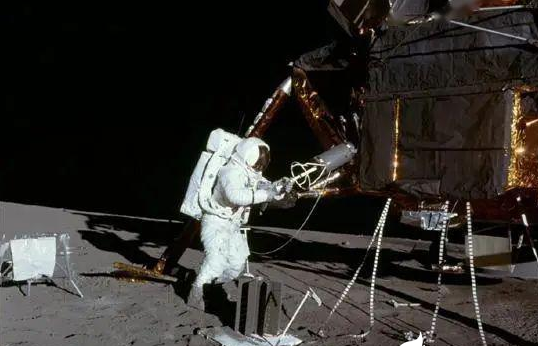What do you know about the ultimate form of battery-nuclear battery?
In life, we are often embarrassed by the lack of battery power. At this time, I often feel how worrying and pleasant it is if the battery can be used for hundreds of years at a time.

In fact, we humans really have this ultimate form of battery-nuclear battery. And it has made great progress in the 1960s. It has been widely used in aerospace, medicine, and military affairs.
There are three forms of obtaining nuclear energy: nuclear fission, nuclear fusion, and nuclear decay. The atomic bomb is fission, and the hydrogen bomb is fusion. Atoms release energy through the reaction of splitting or polymerizing, and they are all shaking and landslide.
Nuclear decay is the process by which radioactive atoms continuously release energy outward. The process is gentle and the power is negligible relative to the nuclear reaction. The nuclear batteries currently used by humans are nuclear decay batteries. It is also the first-generation nuclear battery.
In the future of technological development, the second-generation nuclear battery will also become a miniature nuclear reactor like the nuclear battery detonated by the movie "The Ultimate" T800 and the nuclear fusion battery in the "Iron Man" chest, providing users with huge and endless energy .
In the process of radioactive isotope decay, it will continuously emit radiation with thermal energy. A device that uses semiconductor transducers to convert thermal energy into electrical energy is a nuclear battery. Motivated by the energy released by the natural decay of atoms.
The appearance of a general nuclear battery is similar to that of an ordinary chemical battery and is cylindrical. A radioisotope source is sealed in the center of the cylinder, and a semiconductor transducer is wrapped on the outside. The outer layer of the transducer is a radiation shielding layer, and the outermost layer is a metal cylindrical shell.
According to different radioactive elements, nuclear batteries can be divided into high voltage type and low voltage type. The high voltage type is used in aerospace and military applications. The low-voltage type can be manufactured in a small volume and is usually used in the medical field.
The size of the miniature nuclear battery developed by the United States in recent years can be controlled to the size of a dollar coin. But electricity is one million times that of ordinary chemical batteries. The successful development of this type of battery has extremely broad application prospects for the integration of micro-robots, micro-electromechanical systems and systems, and multi-functionalization.
Applications:
The size of a medical nuclear battery is usually a cylindrical battery with a diameter of 9 mm and a length of 13 mm, and the weight is generally more than 40-100 grams. Tens of thousands of heart patients in the world have implanted nuclear battery-powered pacemakers. They were given a second life, with a service life of 15 years.
If it is replaced with a chemical battery of the same power and life, it will be as heavy as the human body. Patients with chemical batteries implanted in the body need frequent open surgery to replace them, which is undoubtedly risking their lives and suffering huge pain.
Aerospace is extremely demanding on space vehicles, weight and performance. Nuclear batteries have a long life due to sufficient energy and are not affected by the temperature, pressure, chemical reactions, electromagnetic reactions, etc. of the environment. Ability is simply the best power source for space flight. The countries currently mastering the R & D capabilities of nuclear battery manufacturing are China, the United States and Russia.
The picture below shows the nuclear battery held by the astronaut holding a cylindrical device

In 1959, the world's first nuclear battery was born in the United States. Weighing 1.8 kg, it can release 11.6 degrees of electricity in 280 days. After that, nuclear batteries entered a period of rapid development.
In 1961, the first man-made satellite of the United States, "Explorer One", carried nuclear batteries into outer space for the first time. Started tests to allow satellites to carry nuclear batteries into outer space.
In the following 10 years, after analyzing and improving the data of nuclear batteries used by the satellites of the "Meridian" series of navigation satellites, the "Lincoln" experimental satellites, and the "Nimbus" series of meteorological satellites, Apollo 11 in 1969 The spacecraft on the moon carried two nuclear batteries using plutonium-238 as a radioisotope and landed on the moon.
It is precisely the application of nuclear batteries that allows unmanned space probes to explore the deep space away from the sun. When the solar battery cannot obtain enough sunlight, only the nuclear battery can support the detector to continue to work.
Later, a series of detectors such as "pirate", "pioneer", and "traveler", with the support of nuclear batteries, had a series of expeditions to detect Jupiter, Saturn, Neptune and so on. Only then can the detected information and data be transmitted back to the earth, so that we can see the recent appearance of these distant neighbors.
Especially "Traveller" 1, far away from the earth by 21.1 billion kilometers, has been flying for 40 years and has reached the outer planetary orbit of the solar system. This is the farthest flight in human history. The nuclear battery is still performing its duties, letting human beings know the solar wind. Information on the edge of the world.
The famous "curiosity" Mars rover is powered by a full-core battery, and the solar battery power supply panel has been eliminated.
If you want to know more, our website has product specifications for battery, you can go to ALLICDATA ELECTRONICS LIMITED to get more information

